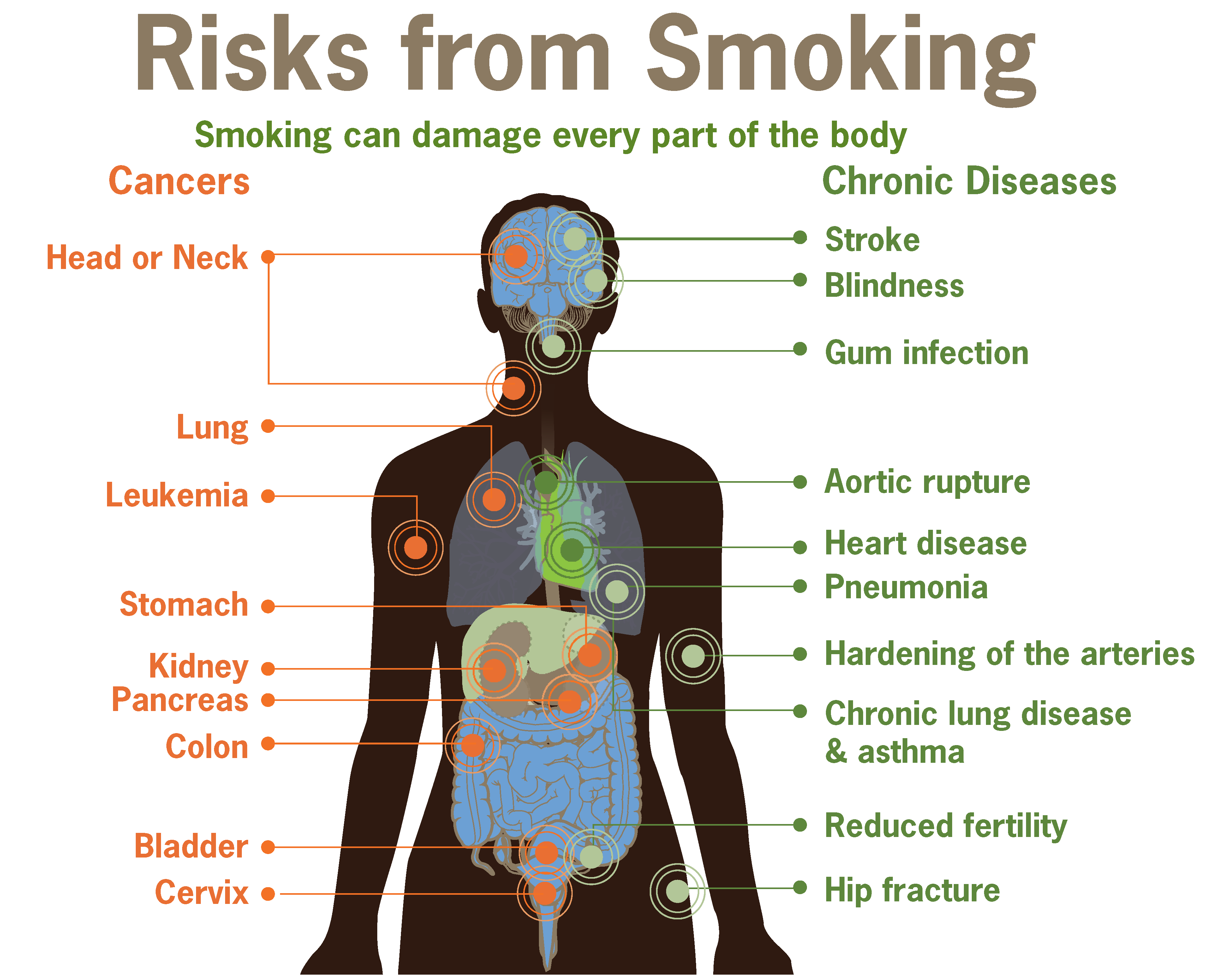Codeine and morphine are both opioid analgesics, meaning they are drugs used for pain relief. They are derived from the opium poppy, and have similar properties and effects.
Morphine is a potent painkiller that acts on the central nervous system to relieve moderate to severe pain. It is often used for pain relief after surgery, for cancer pain, or for severe chronic pain. Morphine can be administered orally, intravenously, or by injection into a muscle or under the skin.
Codeine is a milder painkiller than morphine, and is often used for less severe pain, such as mild to moderate pain, or for cough suppression. Codeine is often combined with other painkillers or cough suppressants, such as acetaminophen or ibuprofen.
Both morphine and codeine work by binding to specific receptors in the brain and spinal cord, called opioid receptors. This binding reduces the perception of pain and can also produce a feeling of euphoria or sedation. However, both drugs also have the potential for abuse and addiction.
Some other properties and side effects of morphine and codeine include:
- Both drugs can cause drowsiness, dizziness, and confusion.
- They can also cause constipation, nausea, and vomiting.
- Morphine can cause respiratory depression, meaning it can slow down breathing and can be dangerous in high doses.
- Codeine is converted to morphine in the liver, so it can also cause respiratory depression, especially in people who are ultra-rapid metabolizers of codeine.
- Both drugs can interact with other medications, such as sedatives or alcohol, to increase the risk of respiratory depression or other side effects.
- Both drugs have the potential for abuse and addiction, and can cause withdrawal symptoms if stopped suddenly.
It is important to use these drugs only as prescribed by a doctor, and to be aware of the potential risks and side effects.

















